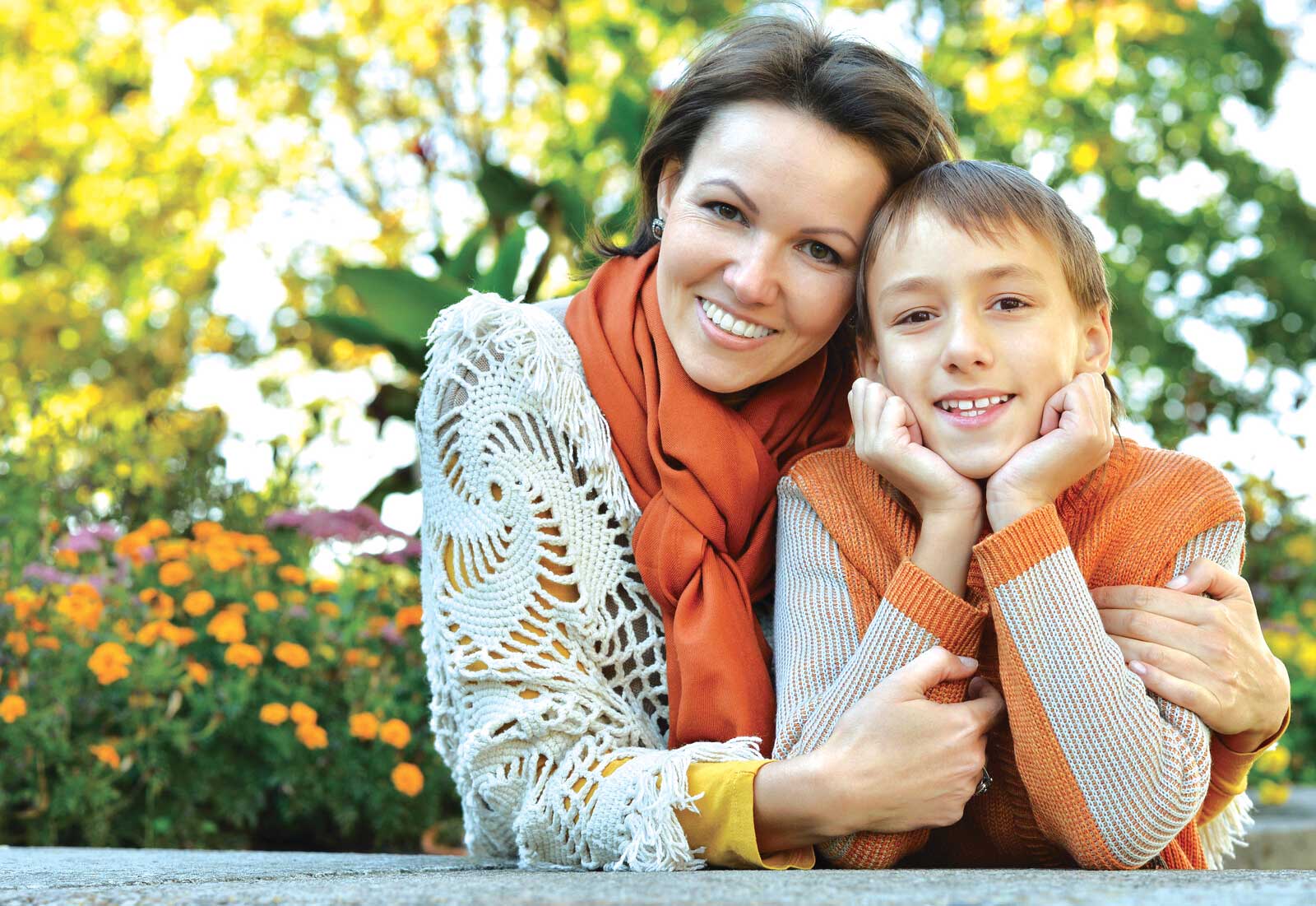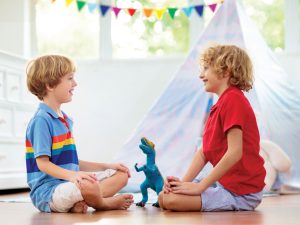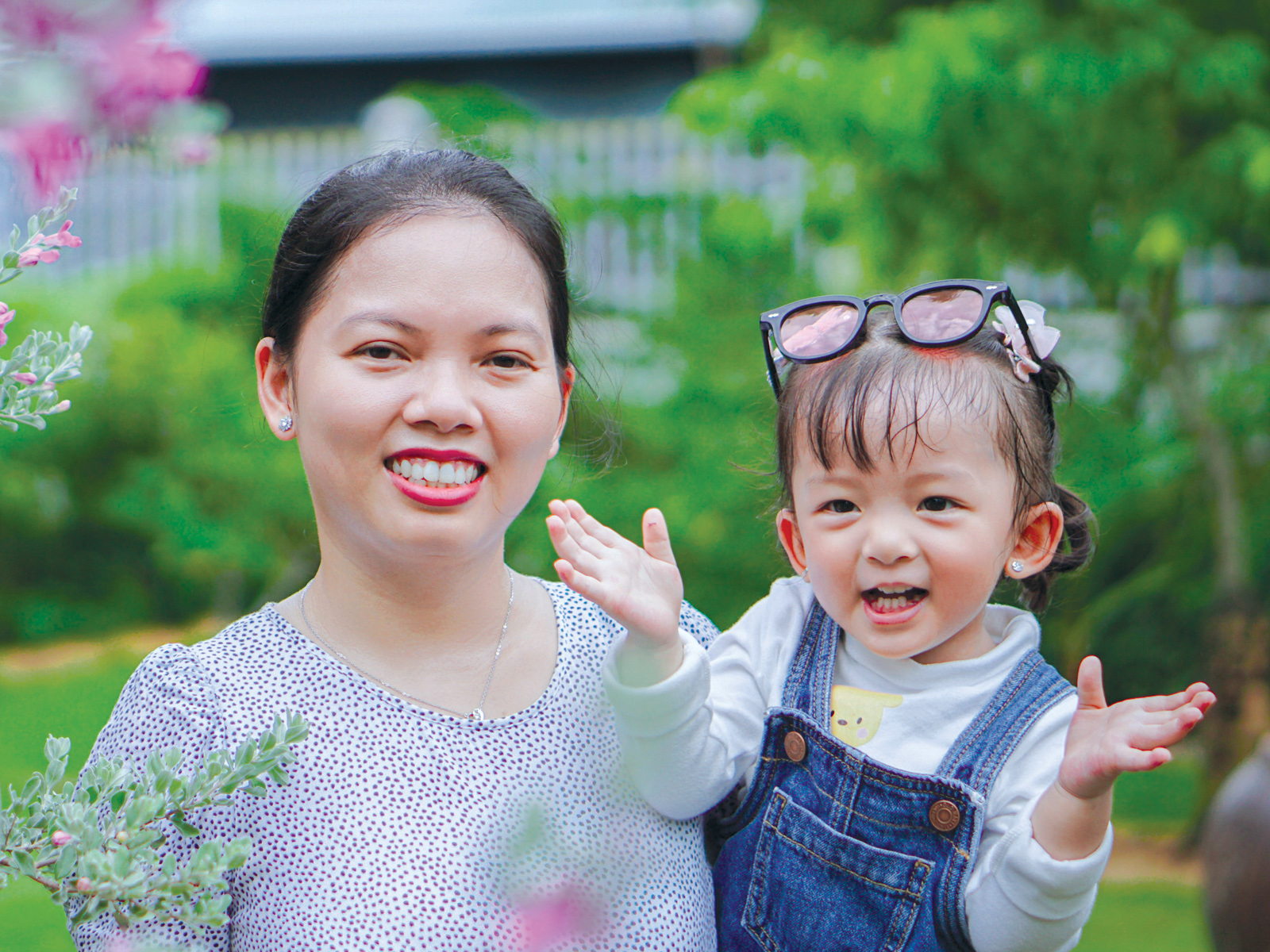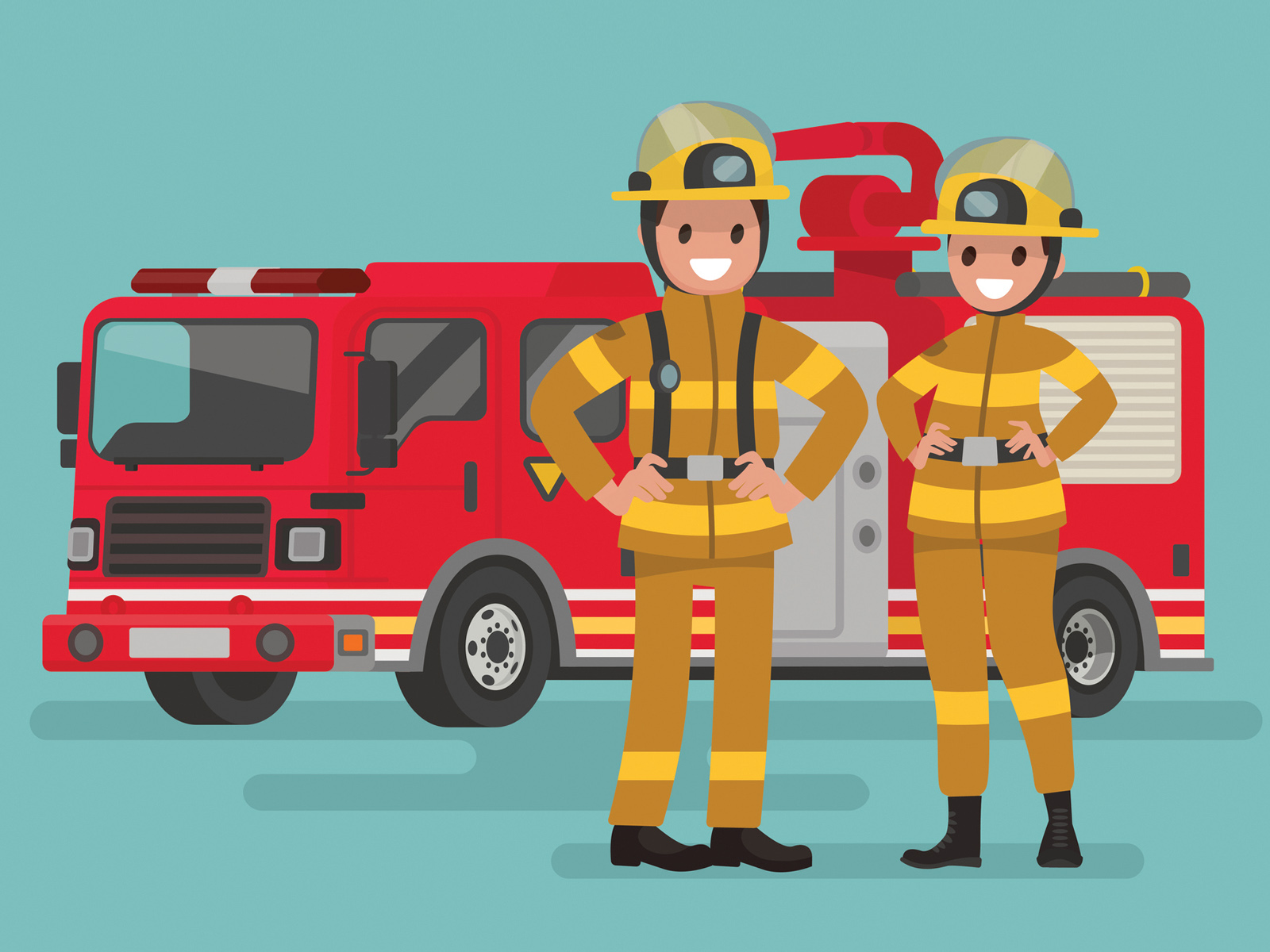Not just any bracelet
Children and youth with psychiatric issues in B.C. now have access to a unique medical identification service to assist first responders and health-care professionals care for them in emergencies.
Launched earlier this year at BC Children’s Hospital in conjunction with FamilySmart, this pilot initiative gives BC Children’s mental health patients the opportunity to enroll with MedicAlert to receive a bracelet or other identification and a custom care plan. Paramedics, police, other first responders and healthcare professionals are now able to identify if the child or youth has a medical condition in an emergency and be able to access their care plan for guidance on how to respond.
Some children and youth with mental health challenges have experienced frightening or traumatic encounters with those trying to help in times of crisis. Having a care plan established ahead of time will equip emergency responders and medical personnel with crucial information about the child or youth, including diagnosis, medications, their support network, and effective techniques to calm them.
Families can also create a care plan that meets the individual needs of their child or youth, and be accessible to first responders and healthcare providers in an emergency. This service quickly notifies caregivers to inform them of the situation and whereabouts of their loved one.
Source: medicalert.ca
Fire safety education
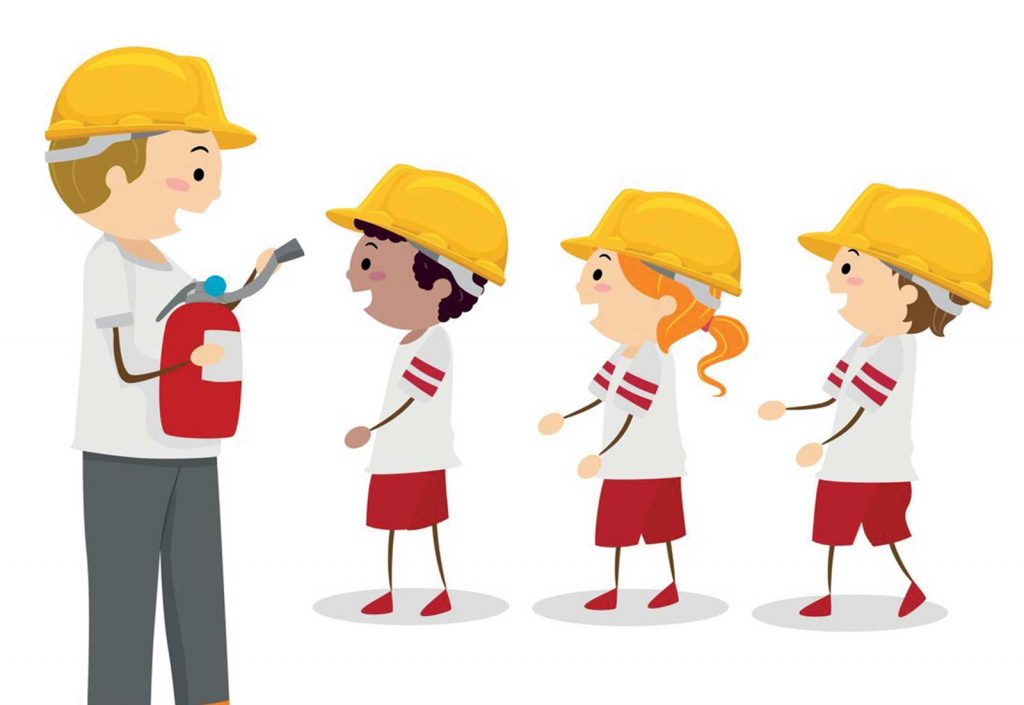
Home fires can start and spread quickly, which is why we all need to be careful and educated when it comes to fire safety. Eighty-seven percent of all fire-related deaths are due to home fires, which spread rapidly and can leave families as little as two minutes to escape once an alarm sounds. Just a little bit of planning can make a big difference for your family and try these top tips:
1) Working smoke alarms reduce the chances of dying in a fire by nearly 50 percent. They are a critical first step for staying safe, but in order to be effective, they have to be working properly. For the best protection, install smoke alarms on every level of your home and in every sleeping area.
2) Teach kids never to play with matches and lighters. Make a habit of placing these items up and away from young children.
3) Create and practice a home fire escape plan with two ways out of every room in case of a fire. Get a stopwatch and time how fast your family can escape. The kids will love it.
4) Children should know how to respond to the sound of a smoke alarm. Teach them to get low and get out when they hear it. A child who is coached properly ahead of time will have a better chance to be safe.
5) Use common sense in the kitchen. Limit distractions when cooking and don’t leave a hot oven or stovetop unattended.
6) Blow out candles before you leave the room or before you go to sleep.
Source: Safe Kids Worldwide
5 Ways to be an ally

By advocating for kids and youth with disabilities, you’re helping create a stigma-free world, built on diversity and inclusion. Here are a few ways to be an ally every day.
Be mindful of what you say and how you say it. While you should always respect how someone wants to describe themselves and their disability, in general it’s best to use People First Language and avoid ableist terms:
• Don’t say “disabled children” say “children with disabilities”
• Instead of using “normal kids” use “children without disabilities”
• Change “confined to a wheelchair” to “uses a wheelchair”
• Avoid words like “lame,” “dumb,” “retarded,” “crippled”,” “idiot,” “imbecile,’ “nuts,” “psycho,” and “spaz.”
• Never make assumptions about a person’s abilities. The only thing you should assume is that a person with a disability, whether it’s physical or intellectual, is always competent.
•Don’t rush to help. While you may think it’s a good idea to help, always ask before you act.
• People living with disabilities aren’t sources of inspiration. Don’t objectify by describing a person’s talents as “overcoming a challenge.”
• Challenge the belief that kids and youth with disabilities lead less fulfilling lives. This type of assumption only generates unnecessary pity, which is something no child wants directed towards them.
Source: Holland Bloorview

